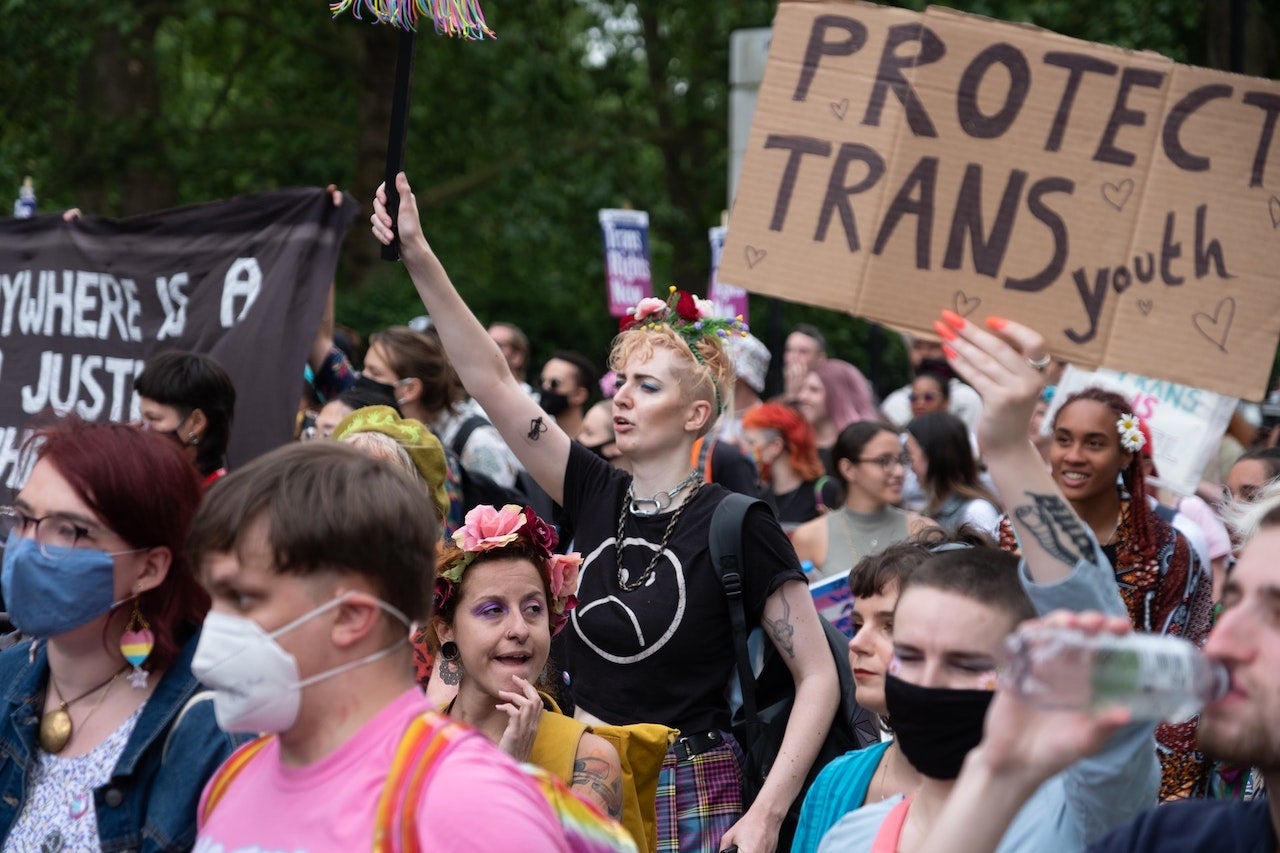This past month I was blessed with the opportunity to visit my motherland, India. While this was my sixth time visiting, it was the first time I truly processed the socio-economic structure of the third-world country. I was slapped in the face with reality and was truly pushed to re-evaluate my privileges that exist as a result of the magnitude of my family’s sacrifices and hard work. One noteworthy experience, confined to a simple conversation with my mother in our car, occurred when a transgender presenting woman knocked on our window and asked for spare change at our signal. Before she could acknowledge anything, the light turned green and we were off. My mother then uttered the sentence, “Sadly, transgender folks are not accepted or respected in India, it’s not like how it is in America.” Intrigued by her statement, I spent the rest of my trip looking out for more trans folks on the streets, yet failed to ask my family further questions, knowing they likely upheld conservative beliefs or opinions. I allowed my fascination to grow after coming home, hence the creation of this article and my newfound gratitude for these overlooked members of India’s society.
Better defined as part of the hijra community, these individuals are considered a third gender, often intersex or transgender, and have existed since the times of the Mahabharata and Ramayana. Hijras are a particularly treasured group within Hindu mythology, as when Lord Rama was exiled and announced to his disciples, “Men and women, please wipe your tears and go away”, the hijras remained and waited for the Lord. Not solely confined to Hinduism, hijras maintain a significance in the reign of the Mughal Empire as well. Unfortunately, in a corrupted post-colonial Indian society, hijras have been outcast. Upon being labeled a criminal tribe in 1871 and “freed” from this criminalization upon India’s independence, hijras were only recently identified as a third gender deserving of basic human rights by India’s supreme court in 2014. Yet, progress is slow and hijras face discrimination, injustice, and assault, especially individuals who have not been offered the opportunity to assimilate into an “acceptable” middle class.
Strikingly exquisite, and adorned in colorful saris and enunciated makeup, hijras cannot be missed. Many hijra colonies operate in a sort of pyramid, with a guru at the top and hijras in the middle who oversee younger individuals known as chelas. Sadly this scheme relies on sex work and street begging due to their exclusion from other employment opportunities, resulting in a shunning from law enforcement. Regardless, hijras continue to maintain a ritualistic role in society, often offering blessings and ceremonial dances at births and weddings. While often invited to these monumental events, hijras often attend uninvited, arriving for the sake of religious duty, and depending on the fear of getting cursed from the general public. One detail to note is the fact that hijras are a subsect of queer folks in India, and many transgender individuals make an effort to distinguish themselves apart from hijras and can find it offensive if someone identifies them as a hijra rather than a trans individual. This can undoubtedly be attributed to the stark difference in societal treatment that comes with the microlabel of hijra, as many often forget that queerness can be a unifying label.
After briefing myself on India’s intricate relationship with hijras, I can only hope that my motherland progresses towards respecting and supporting ALL members of their society, regardless of gender expression and sexuality. During my next trip to India, I aim to muster up the courage to ignore my family’s judgment and interact with a hijra, allowing myself to learn the ritualistic beauty that propels these unique individuals.




